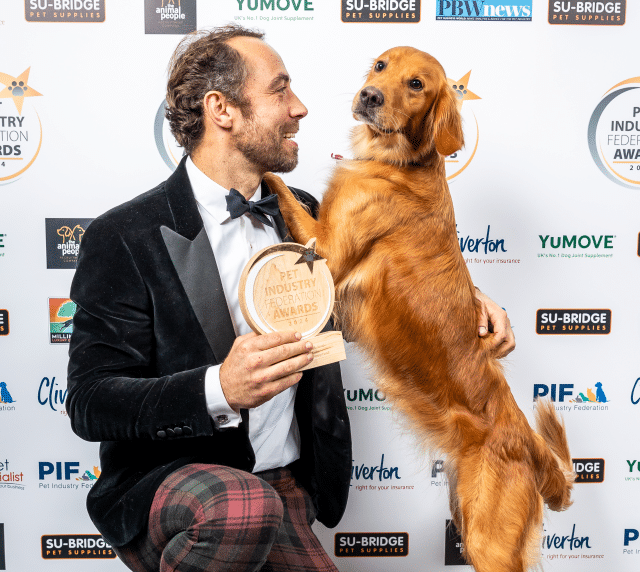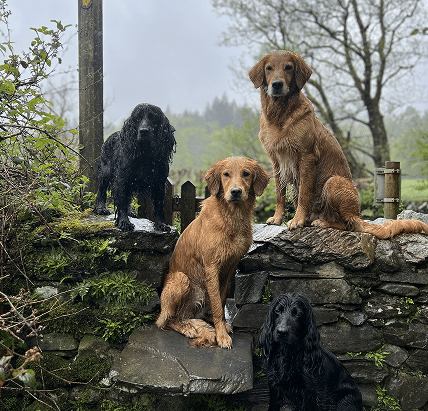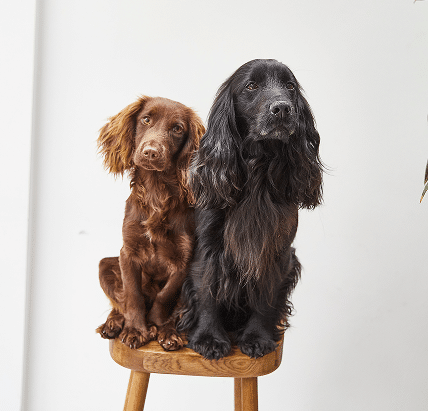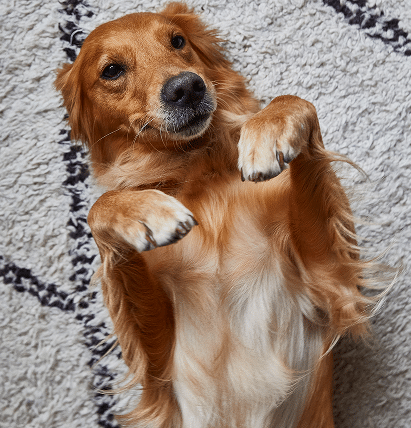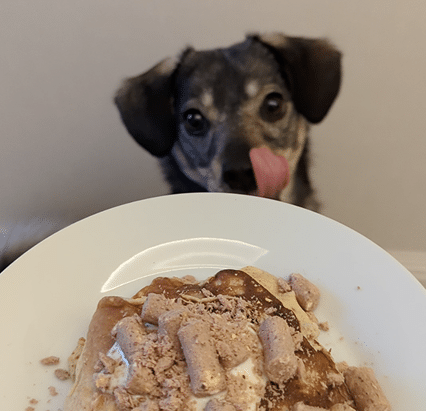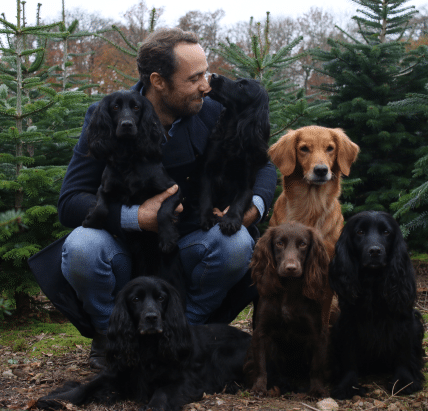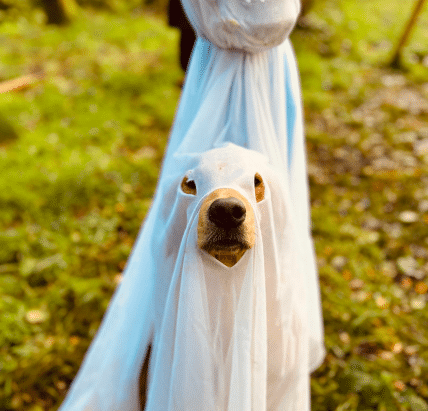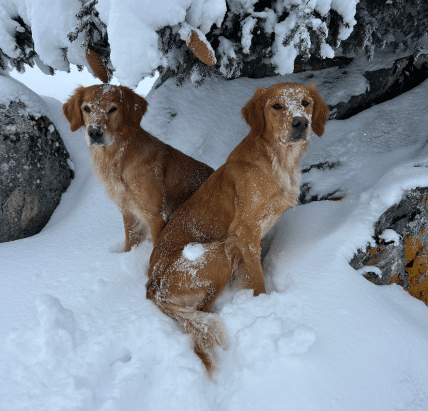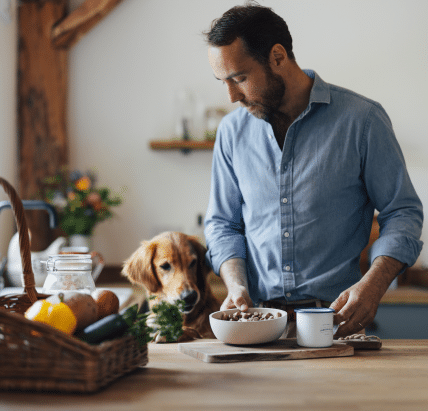Featured
Kibble + Raw Awarded “New Product Of The Year”!
Learn about why James & Ella’s Kibble + Raw food won the New Product Award at the PIF awards 2024!
Filter by category
All
Nutrition
Lifestyle
Health & Wellbeing
Join The Pack With 20% Off Today
My pack & I want to share the love. Tail-wagging guaranteed.
